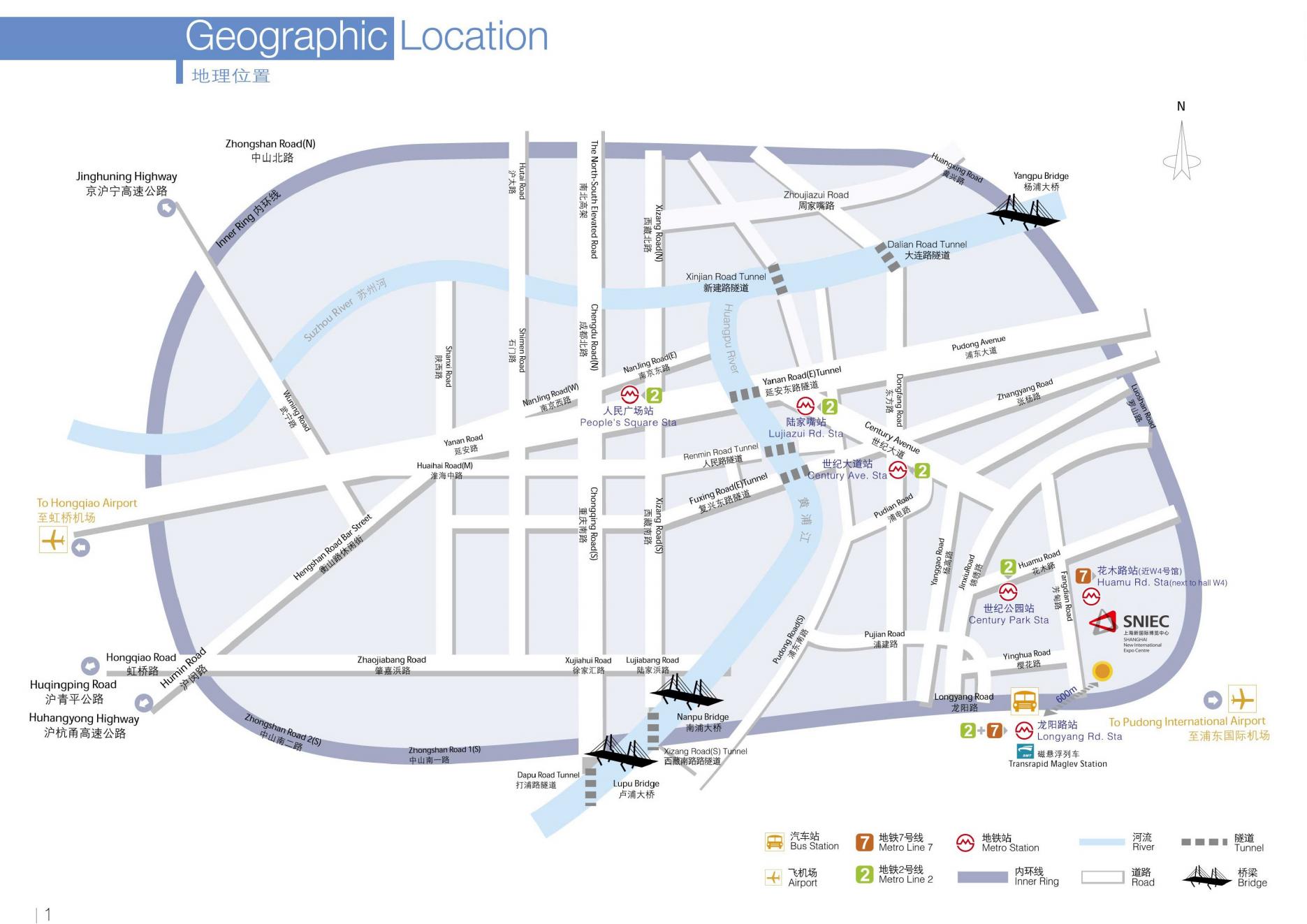At present, in the technical landscape of the high-precision positioning market, UWB, Bluetooth, Star Flash, 5G-A and other technologies each occupy one side, forming a situation of mutual competition and mutual complementation. Since last year, RFID passive technology has also begun to enter the field of positioning applications.
Behind this phenomenon, it reflects that the market has a strong and diverse demand for high-precision positioning. Whether it is the pursuit of higher efficiency and accuracy in personnel and material management in the enterprise market, or the convenience of people in the consumer market for indoor or outdoor point-to-point search for targets, they are constantly prompting various positioning technologies to innovate and seek broader application space.
Against this background, the "IOTE High-Precision Positioning Technology and Application Ecology Seminar" gathered industry elites to discuss the latest progress and future trends of high-precision positioning technology.

Zhang Zhongliang, head of AIoT Star Map Research Institute, shared the latest market data of high-precision positioning technologies such as UWB and Bluetooth in various application fields at the meeting, and systematically analyzed and predicted data for scenarios such as mobile phones, automobiles, and IoT enterprise markets. He pointed out that after a long period of slow development, the UWB technology market has recently reached a key turning point, and the growth rate has increased significantly.
At the same time, new technologies such as Bluetooth CS and RFID passive are also emerging in the positioning market. With the iterative evolution of high-precision positioning technology, the market will release a broader space for development.
In this regard, Zhang Zhongliang further shared three views: First, the landing priority of current scene applications is higher than the technical indicators themselves; second, the advent of the AI era has benefited the hardware side more; third, in the face of external doubts about the price of UWB, he said that the current shipment volume and price of UWB are matched with it.
In the future, technologies such as WiFi, Cat.1, and RFID will give birth to more innovative products in the high-precision positioning market. The high-precision positioning white paper project of AIoT Star Chart Research Institute has entered its tenth year and has been committed to promoting ecological exchanges in the industry and exploring more development possibilities and application scenarios for high-precision positioning technology.
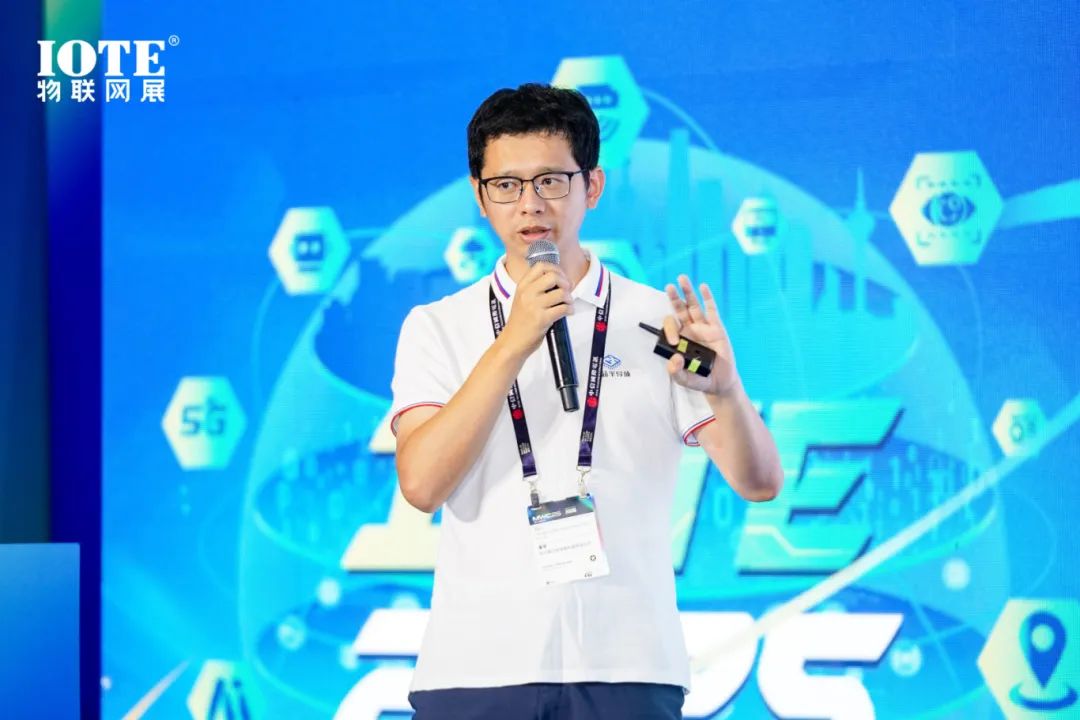
Li Yu, partner and solutions director of Changsha Chixin Semiconductor Technology Co., Ltd., introduced in detail the latest achievements of Chixin Semiconductor in UWB technology, including ranging and direction finding, timing function, low-latency data transmission and radar perception. Among them, he shared that Chixin UWB currently has the basic qualities of radar, which can be used for moving object detection, single-target DoA radar detection, multi-target trajectory detection, and breathing and heartbeat detection, and its maximum sampling rate can reach 1100Hz.
At the same time, he demonstrated typical application cases of Chixin Semiconductor in the fields of mobile phones, tags, smart homes and automobiles, and revealed that Chixin Semiconductor has become a supplier of UWB shipments for a mobile phone manufacturer; in the automotive industry, which has the highest requirements for chips, Chixin Semiconductor has also obtained certification.
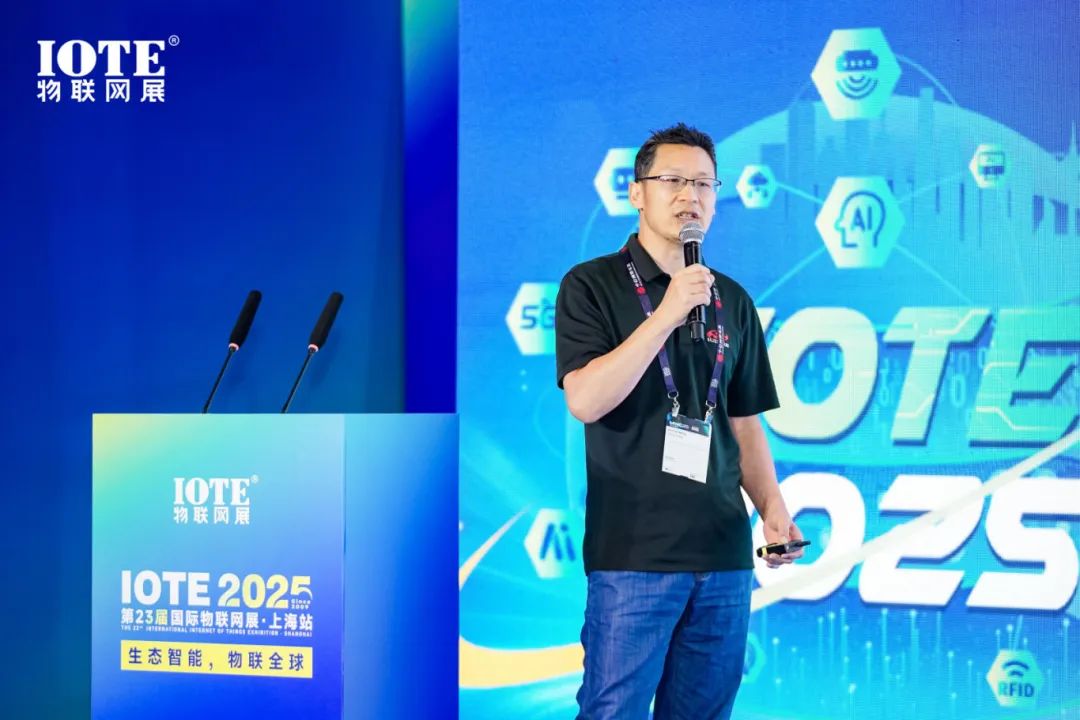
Wang Jinchao, senior field application engineer at Silicon Labs, introduced Silicon Labs' latest progress in Bluetooth channel detection technology, especially the implementation principle of Channel Sounding technology and its application advantages in high-precision ranging and positioning. He demonstrated the wide application of Channel Sounding technology in scenarios such as door locks, asset tracking, pet tracking and keyless entry through actual cases, and emphasized the important role of this technology in improving the spatial perception capabilities of IoT devices.
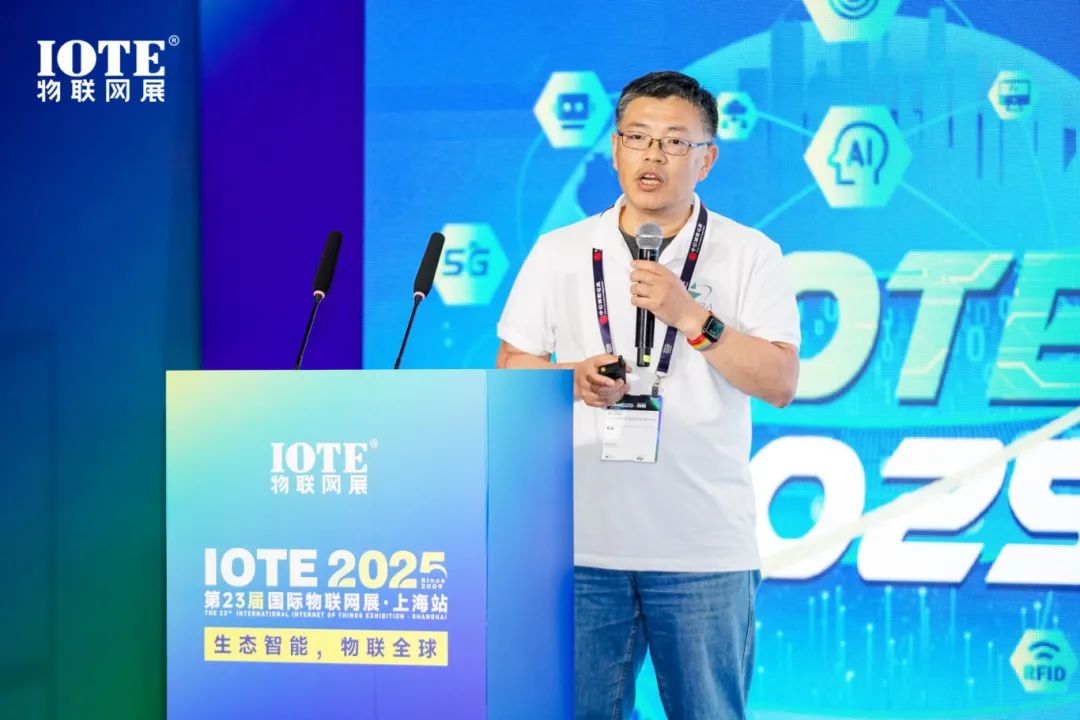
Zhen Bin, Director of Standards and Testing of the International Starflash Alliance, elaborated on the system framework, standard evolution and key technologies of Starflash technology, including key technologies such as SLE ranging, SLP ranging and SLB ranging, and looked forward to the future of Starflash technology to completely replace wired. At the same time, it is predicted that by 2025, Starflash products will reach more than 500 categories, and shared the application cases of Starflash technology in digital car keys, search functions, pointing remote controls and perception fields, showing how Starflash technology can improve user experience and safety through high-precision positioning.
Zhen Bin also emphasized that Starflash technology, as a new generation of short-range communication technology, will play an important role in the AI era.
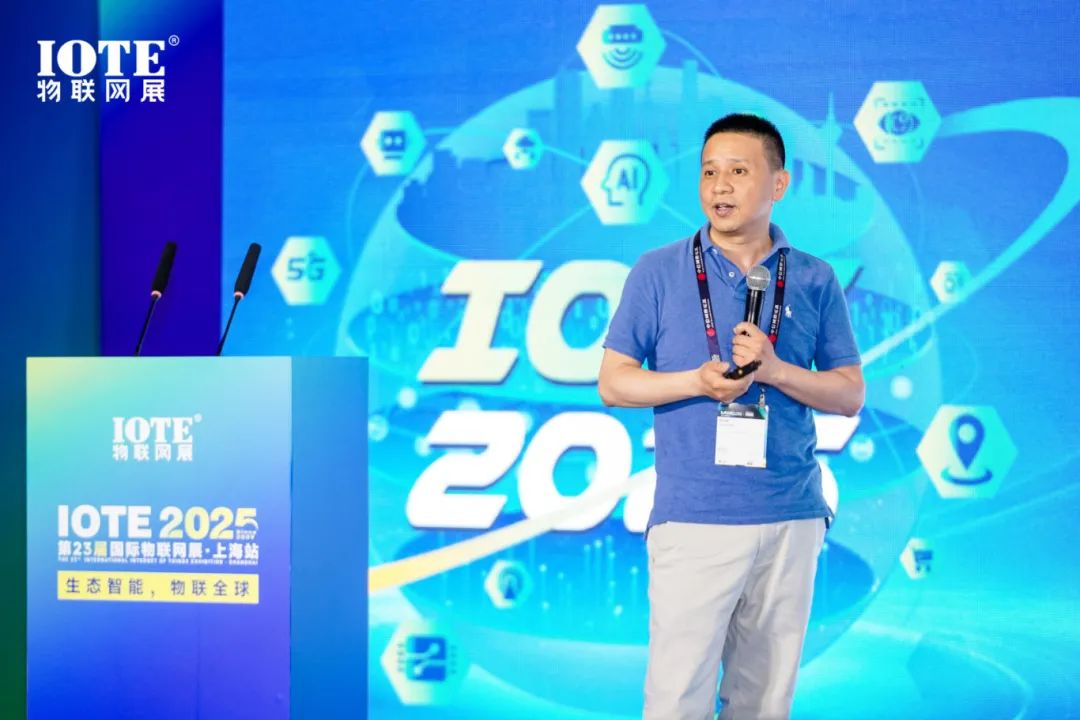
He Xin, CEO of Anhui Ousiwei Technology Co., Ltd., talked about the application of UWB technology in consumer fields such as mobile phones and peripheral IoT devices, TV air mice and radar perception, and demonstrated the innovative achievements of UWB technology in automotive digital keys, radar sensors and secure communications. He Xin also shared the architecture design, performance indicators and solutions and actual performance of Ousiwei UWB SoC chips in multiple application scenarios, emphasizing that the Ousiwei U1011A architecture has the advantages of ultra-low power consumption, ultra-low cost and high-precision positioning.
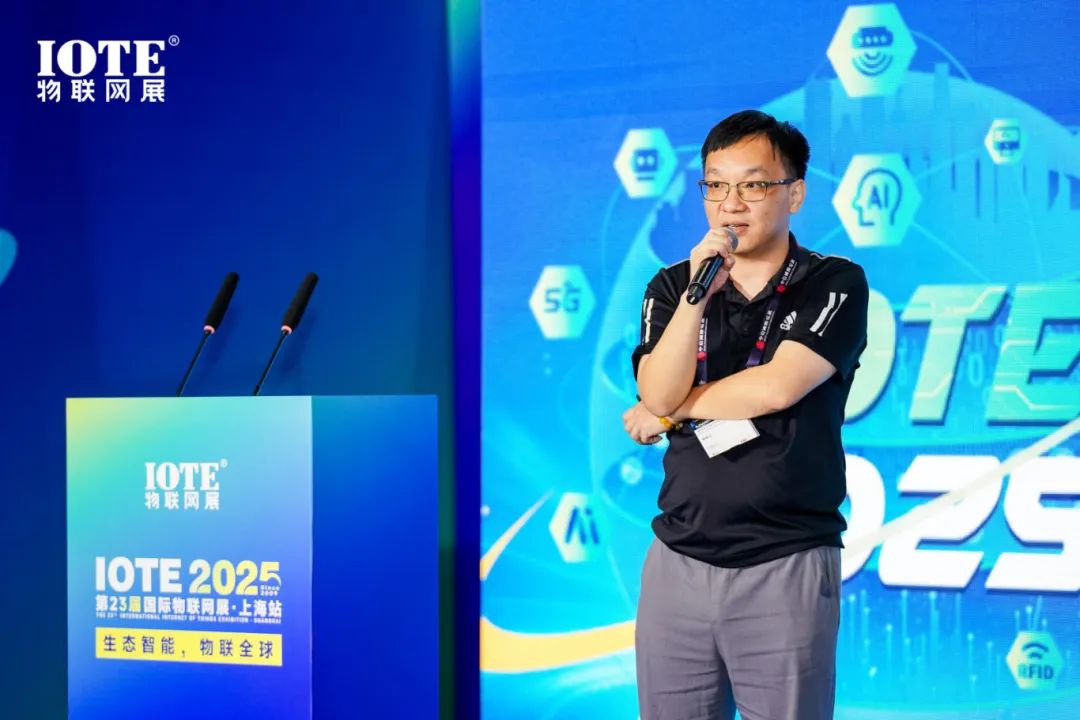
Chen Mingjiang, technical expert of Shenzhen Huayun Space-Time Technology Co., Ltd., shared the technical implementation principle, product form and diversified interactive experience of Huayun Space-Time UWB air finger remote control in scenarios such as smart home education, commercial meetings, and game entertainment. At the same time, it also demonstrated Huayun Space-Time's deep accumulation in the field of UWB high-precision positioning technology, including 15 core patents and the formulation of multiple industry standards such as "Indoor Positioning System Test Method", "Information Technology UWB Real-time Positioning System Air Interface Protocol", and "Technical Requirements and Test Methods for Antenna Industrial Parameter Perception Module".
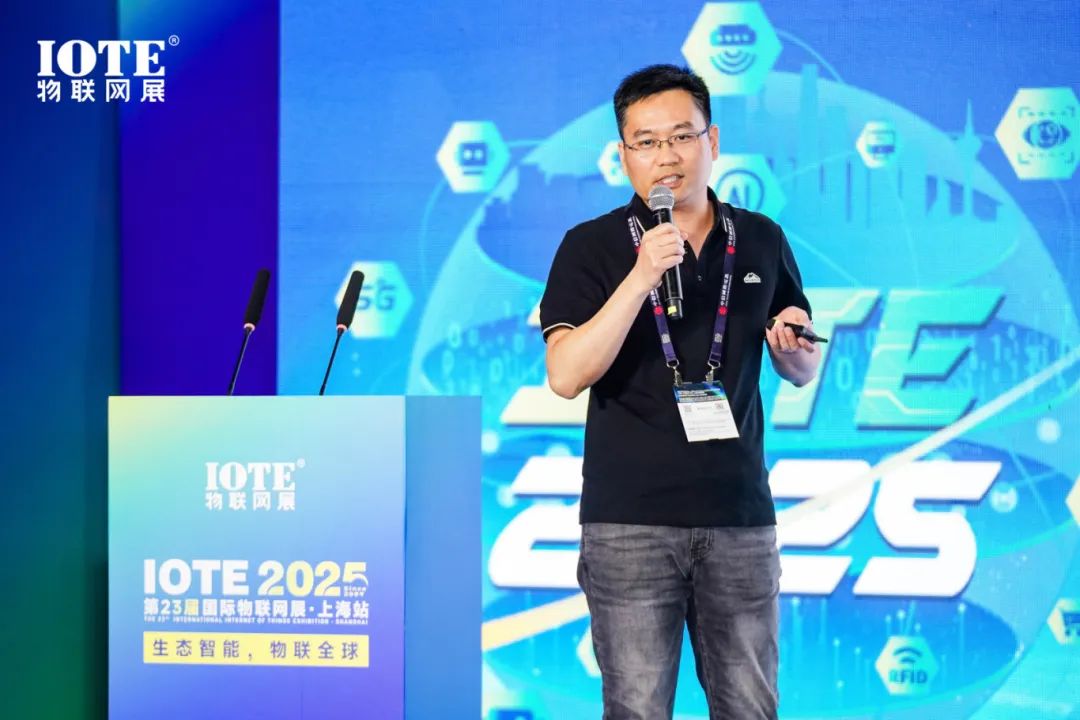
Lu Haibin, general manager of Nanjing Xinhe Tonggan Technology Co., Ltd., pointed out that 5G networks can provide high-precision positioning services in indoor environments due to their advantages such as high-density base station deployment, large bandwidth, and multi-antenna systems. Zijinshan Laboratory has achieved breakthrough results in 5G high-precision positioning technology, including the research and development and deployment of continuous decimeter-level 5G communication and navigation fusion positioning systems. He also described the application prospects of 5G positioning technology in multiple industries such as commerce, petrochemicals, energy, and electricity through actual cases, emphasizing the potential of 5G positioning technology as the main channel for indoor ubiquitous location services.
This paper is from Ulink Media, Shenzhen, China, the organizer of IOTE EXPO (IoT Expo in China)










